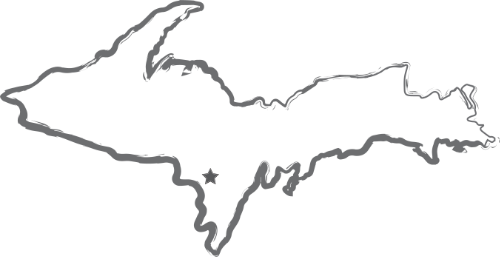Unlocking China's Solar Potential at the 138th Canton Fair 2025 Insights and Industry Data
The 138th Canton Fair in 2025 serves as a crucial platform for exploring and unlocking China’s solar potential, as the world transitions towards sustainable energy solutions. This prestigious event not only highlights the advancements in solar technology but also showcases innovative products and practices that industries are adopting in the realm of renewable energy. As global attention shifts towards combating climate change, China's role in solar energy production becomes ever more significant, with the fair offering vital insights into market trends and industry data that can illuminate the path forward.
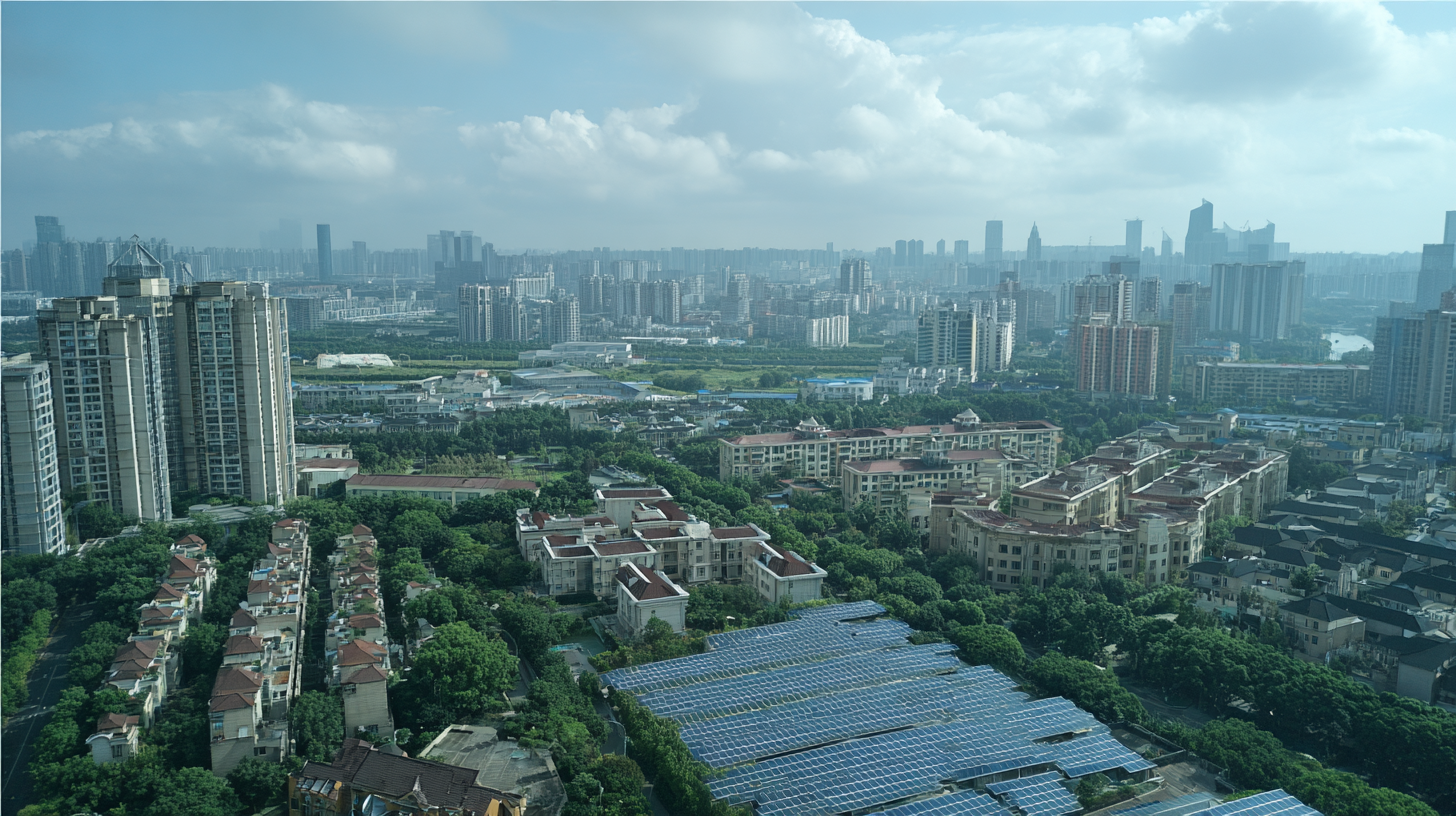
By connecting international buyers and exhibitors, the Canton Fair provides a unique opportunity to foster collaborations, enhance investment in solar initiatives, and ultimately unlock the vast solar potential that China holds. This analysis will delve into key takeaways from the event, emphasizing how stakeholders can capitalize on emerging opportunities in the solar sector for sustainable growth.
China's Solar Energy Landscape: Opportunities and Challenges Ahead of the Canton Fair 2025
As the 138th Canton Fair approaches in 2025, the landscape of China's solar energy industry reveals both remarkable opportunities and inherent challenges. With the country positioned as a global leader in renewable energy, there is tremendous potential for innovation and investment in solar technologies. The fair serves as a vital platform for stakeholders to exchange ideas, showcase advancements, and explore collaborative ventures that could propel the industry further.

However, companies must navigate obstacles such as regulatory complexities and market saturation. Understanding the latest policies and technological trends will be crucial for businesses aiming to capitalize on growth opportunities. To effectively leverage the Canton Fair, stakeholders should consider attending seminars and networking events that focus on solar innovations. Additionally, engaging with potential partners and customers through tailored presentations can enhance visibility and demonstrate value.
Tips for a successful experience at the fair include conducting thorough research on exhibitors and scheduled events beforehand, setting clear objectives for meetings, and preparing concise pitches that highlight unique propositions. By equipping themselves with knowledge and a proactive strategy, attendees can better position themselves in the dynamic solar energy sector.
Innovations in Solar Technology Showcased at the 138th Canton Fair
At the 138th Canton Fair, innovations in solar technology take center stage, showcasing the rapid advancements in the solar industry. According to the International Energy Agency (IEA), solar energy has become the fastest-growing renewable energy source, with a record installation of 155 gigawatts (GW) in 2021 alone. This trend is reflected at the fair, where exhibitors present cutting-edge photovoltaic (PV) technologies and energy storage systems designed to enhance efficiency and lower costs.
The deployment of solar innovations is crucial as China continues to lead the world in solar power capacity, boasting over 300 GW installed as of 2022. The Canton Fair serves as a platform for highlighting technologies such as bifacial solar panels and building-integrated photovoltaics (BIPV), which promise to revolutionize energy use in urban settings. With an increasing demand for sustainable energy solutions, the fair is a pivotal event for industry stakeholders to explore collaboration opportunities and drive advancements that align with global climate goals. This convergence of technology embodies the potential for solar energy to power a greener future.
Key Players in China's Solar Industry: Who to Watch in 2025
The solar industry in China is heading toward a significant transformation as we approach the 138th Canton Fair in 2025. According to industry forecasts, the global perovskite solar cell market is anticipated to grow from $101.02 million in 2025 to a staggering $1.25592 billion by 2032, highlighting a compound annual growth rate of 43.34%. This remarkable growth reflects the increasing demand for efficient and sustainable energy solutions, solidifying China's position as a critical player in the global solar landscape.
Key players in the solar sector are gearing up for this competitive landscape, particularly amidst challenges like "involutionary" competition among manufacturers. Recently, a meeting organized by the Ministry of Industry and Information Technology emphasized the need for high-quality development within the solar industry. Companies need to focus not just on production but also on sustainable practices to maintain their competitive edge.
**Tip:** Keep an eye on major industry conferences and forums for insights into emerging technologies and market trends. Staying informed will help you identify which companies are positioning themselves as leaders in innovation and sustainability.
As the market experiences fluctuations, with price adjustments in polysilicon and other components, stakeholders must navigate these challenges strategically. The recent surge in prices for raw materials like multi-crystalline silicon points towards an evolving supply chain dynamic that could have implications for future pricing and availability in the sector.
**Tip:** Invest in renewable energy stocks that emphasize sustainability and technological advancements; these companies are likely to see substantial gains as the industry matures.
Unlocking China's Solar Potential at the 138th Canton Fair 2025 Insights and Industry Data
| Key Area | Data Point | Growth Rate (2023-2025) | Market Share (%) |
|---|---|---|---|
| Solar Panel Production Capacity | 500 GW | 15% | 40% |
| Total Solar Installed Capacity | 300 GW | 20% | 35% |
| Investment in Solar Technology | $30 Billion | 18% | 50% |
| Export Volume of Solar Products | 250 GW | 12% | 55% |
| Research and Development Expenditure | $5 Billion | 25% | 60% |
Market Trends and Projections for Solar Energy in China Post-Canton Fair
The 138th Canton Fair, held in October 2025, served as a pivotal platform for showcasing China's advancing solar energy sector amid shifting global market dynamics. As international interest from the US and EU wanes, emerging markets are stepping into the spotlight, becoming increasingly significant for Chinese exporters, particularly in the green technology space. Reports indicate that while profit margins may shrink, the commitment to sustainable practices and renewable energy presents new opportunities for growth within these markets.
In 2024, China's solar energy industry saw substantial growth, with installed capacity reaching 400 GW, reflecting a 20% increase over the previous year. Market analysts forecast that by 2030, this capacity could exceed 800 GW, driven by continued government support and innovation within the sector. The Canton Fair highlighted these advancements, with numerous exhibitors presenting cutting-edge technologies aimed at enhancing energy efficiency and reducing carbon footprints. As China's economy adapts to a challenging landscape, the emphasis on renewable energy solutions is critical, positioning solar power as a cornerstone of future development.
Unlocking China's Solar Potential - Market Trends and Projections
This chart illustrates the projected growth in solar energy capacity in China from 2021 to 2025. The capacity is expected to rise significantly, reflecting the country's increasing investment and focus on renewable energy sources.
Networking and Collaboration Opportunities at the 2025 Canton Fair for Solar Stakeholders
The 138th Canton Fair in 2025 presents a golden opportunity for solar stakeholders to enhance networking and collaboration within the industry. With increasing focus on sustainable energy solutions, attendees can engage with a plethora of exhibitors showcasing innovative solar technologies. This event will facilitate direct interactions among manufacturers, suppliers, and investors, fostering an ecosystem that encourages knowledge exchange and partnership formation.

Tips for Successful Networking:
- Come prepared with a clear agenda of who you want to meet and what you hope to achieve. This will streamline your interactions and maximize your time.
- Leverage social media platforms to connect before the fair. Engaging with stakeholders online can pave the way for face-to-face meetings, facilitating deeper discussions during the event.
As solar technology continues to advance, collaboration is crucial to overcoming challenges faced by the industry. The Canton Fair will serve as a melting pot for ideas and innovations, bringing together thought leaders and enthusiasts eager to revolutionize the solar landscape. Join discussions, attend panels, and be proactive in seeking out partnerships that can drive your business forward in this rapidly evolving sector.
Related Posts
-

10 Proven Tips to Maximize Solar Potential for Your Business
-
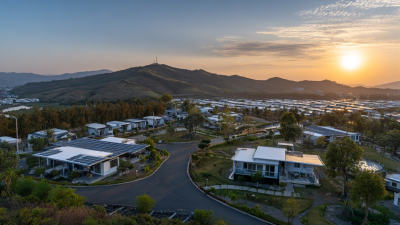
How to Uncover the Solar Potential of Your Property for Maximum Energy Savings
-
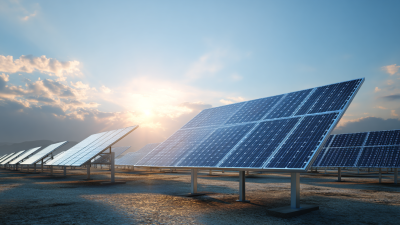
Harnessing 2025 Trends in Solar Technology to Choose the Best Solar Panels for Your Energy Needs
-
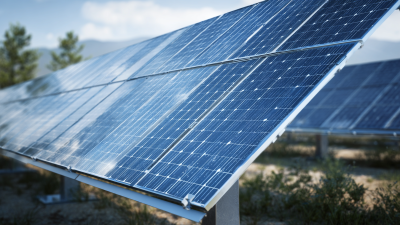
Unlocking the Specifications of the Best Solar Solutions for Global Buyers
-

How to Choose the Best Solar Solutions for Your Business Needs
-
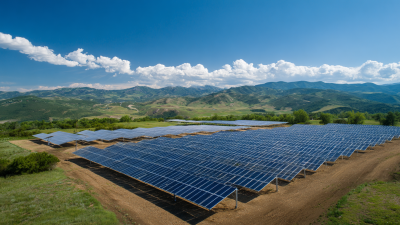
10 Essential Tips to Maximize Your Solar Projects Success
